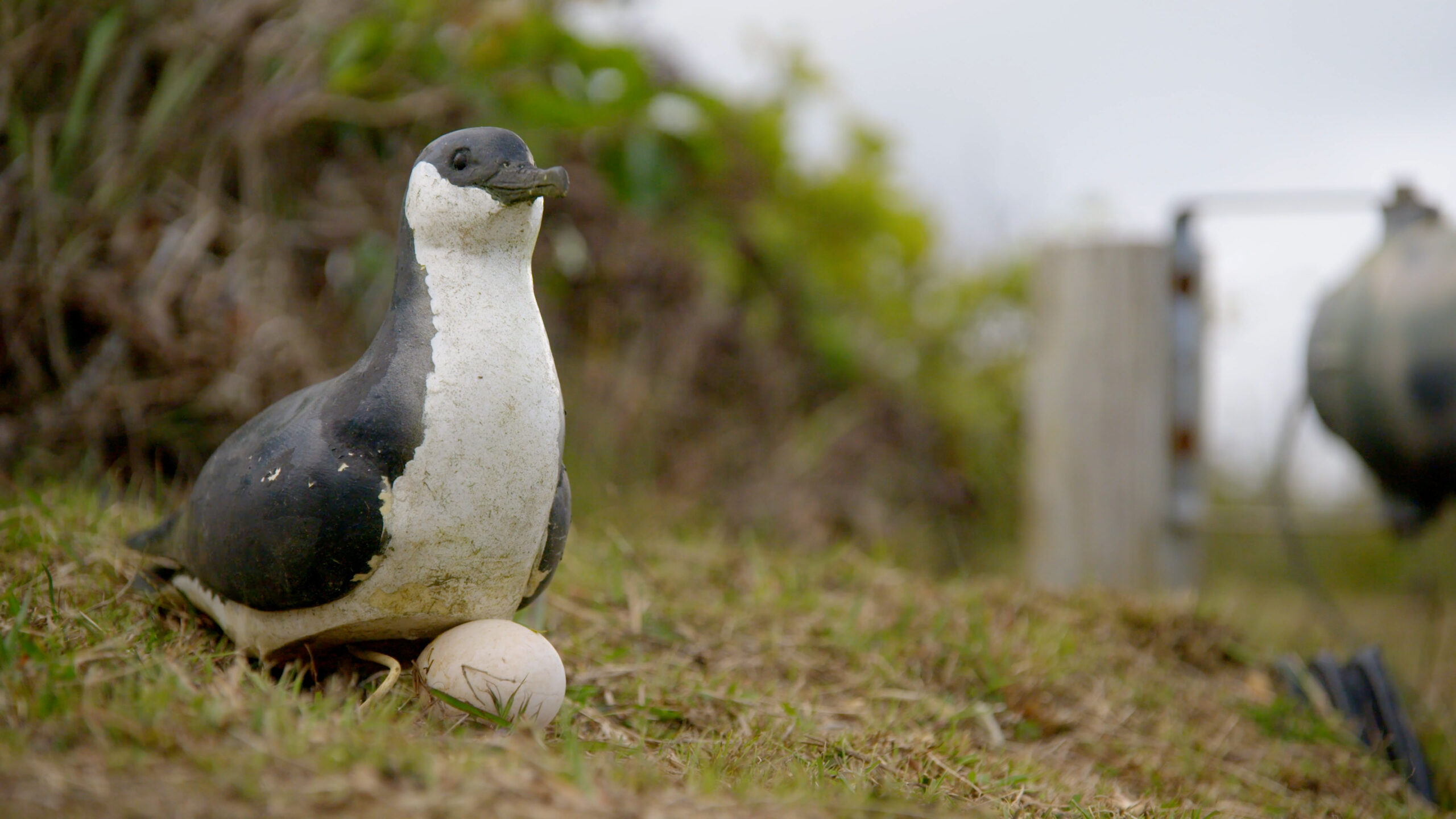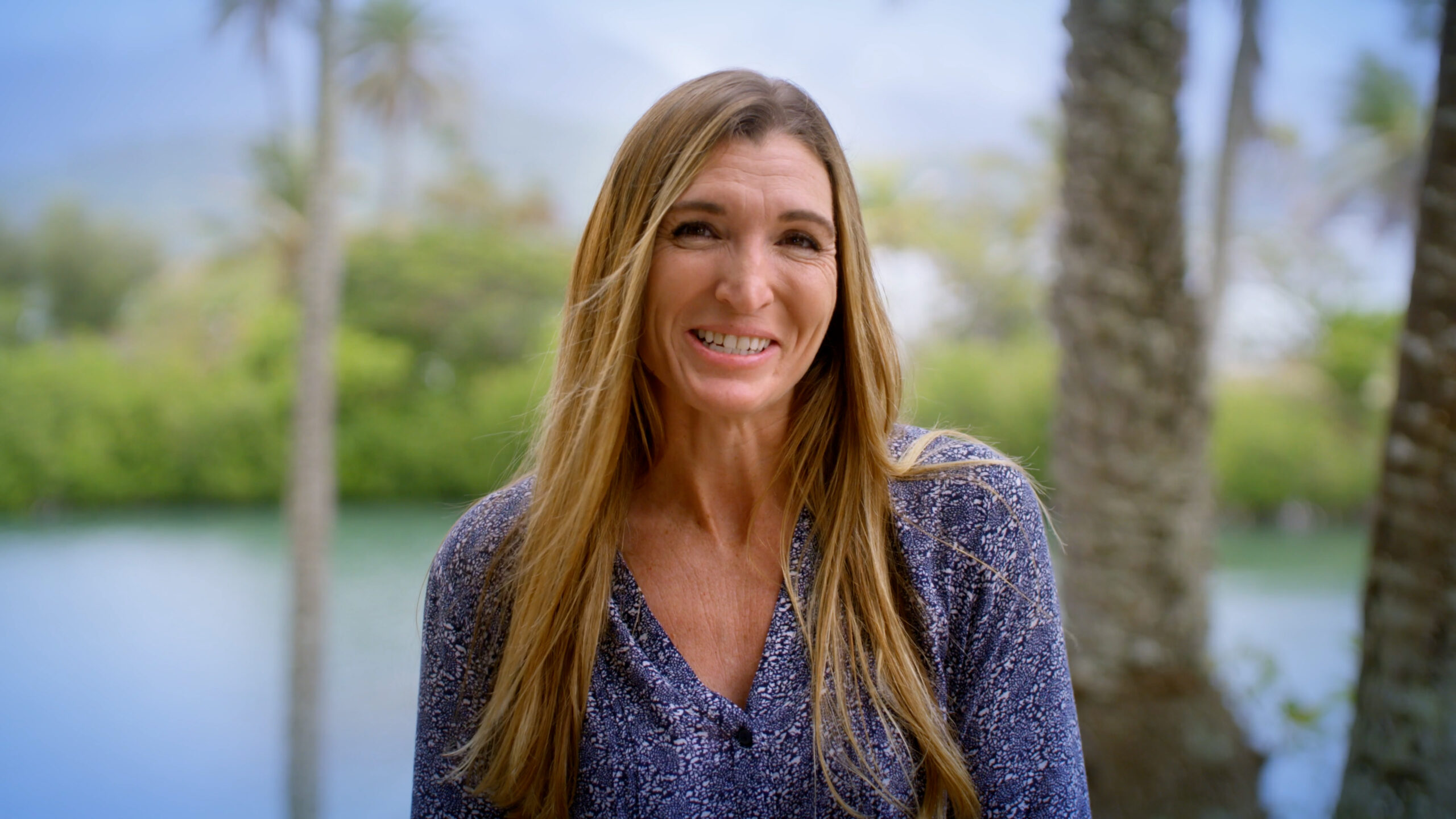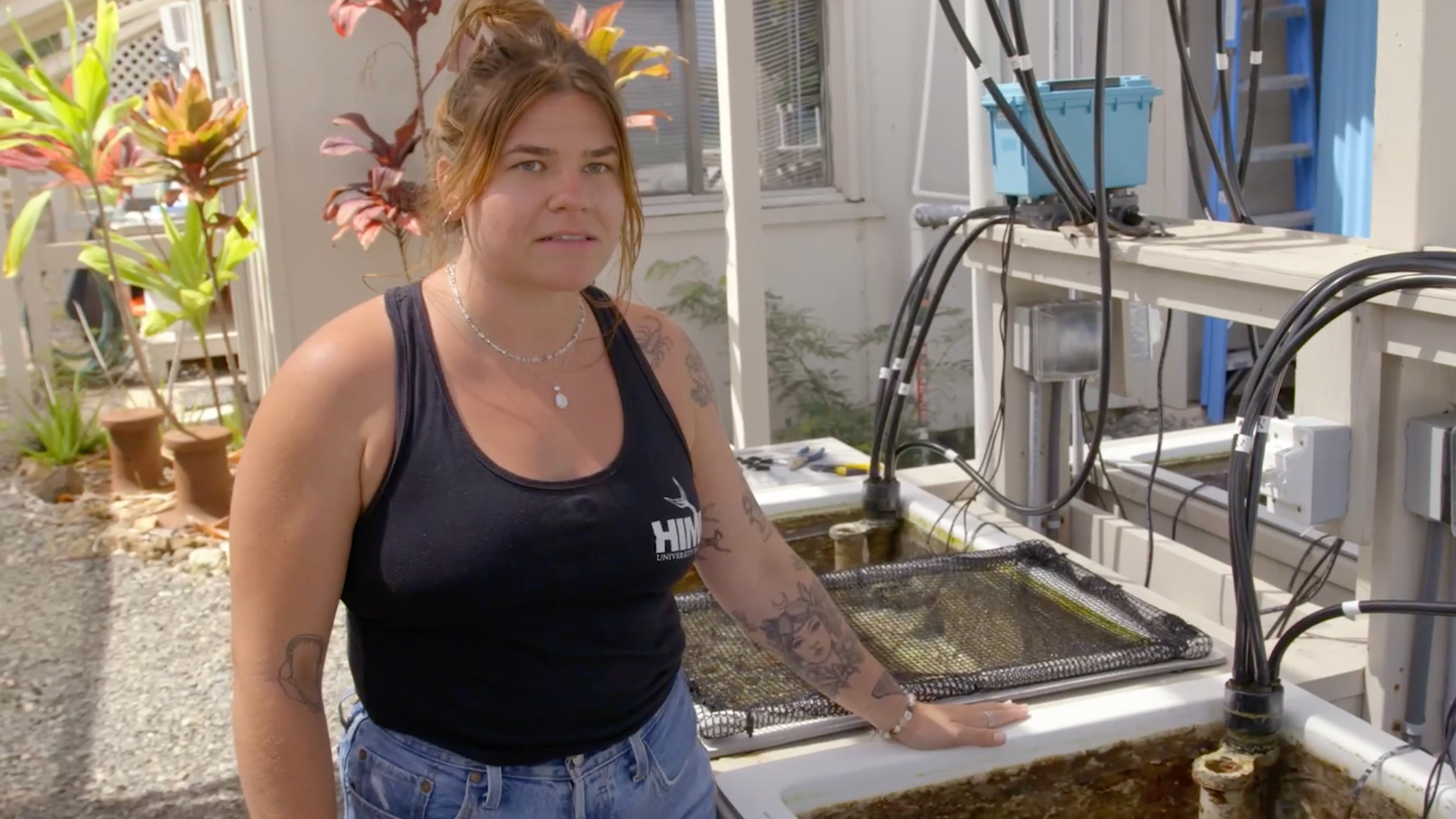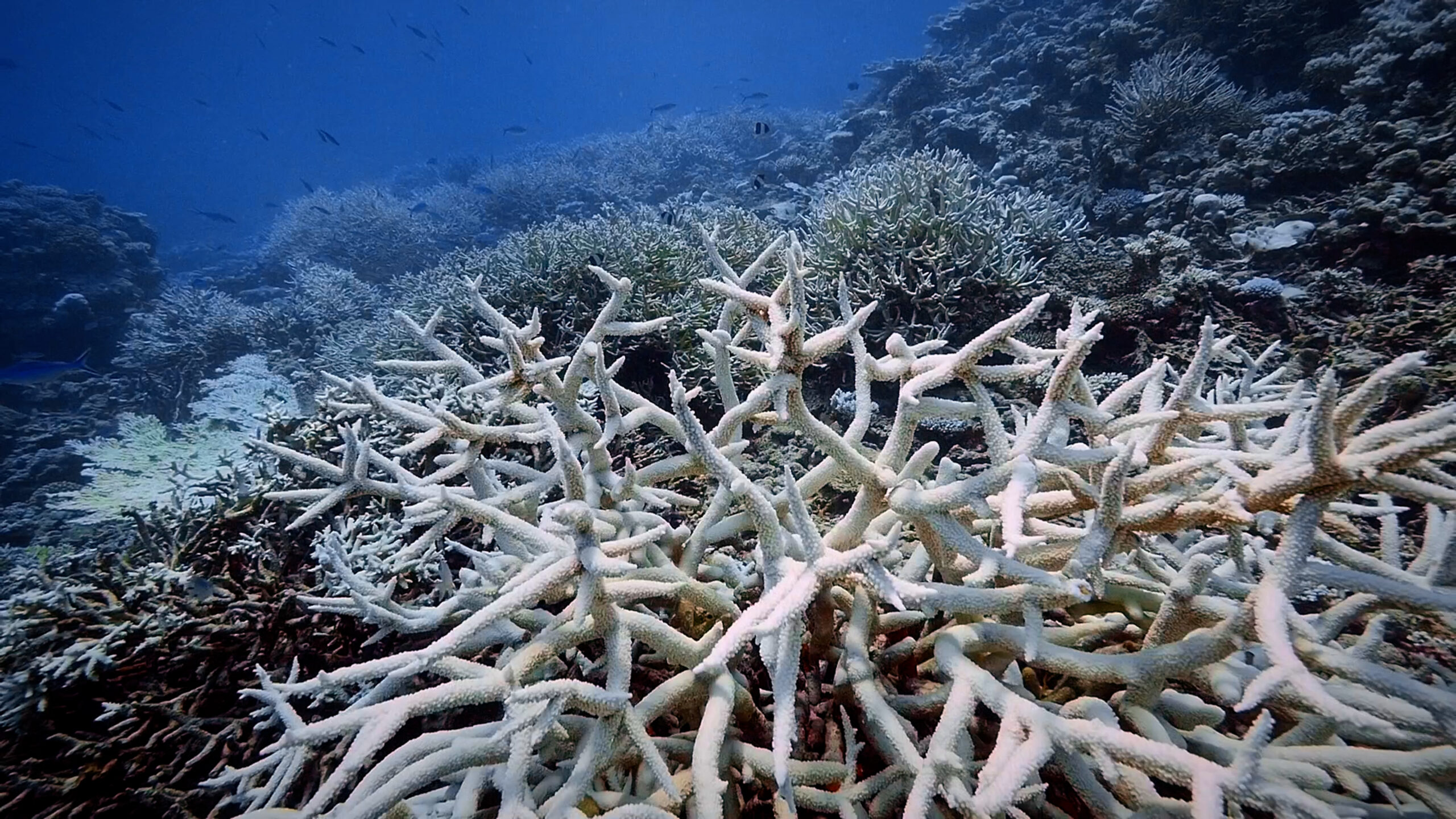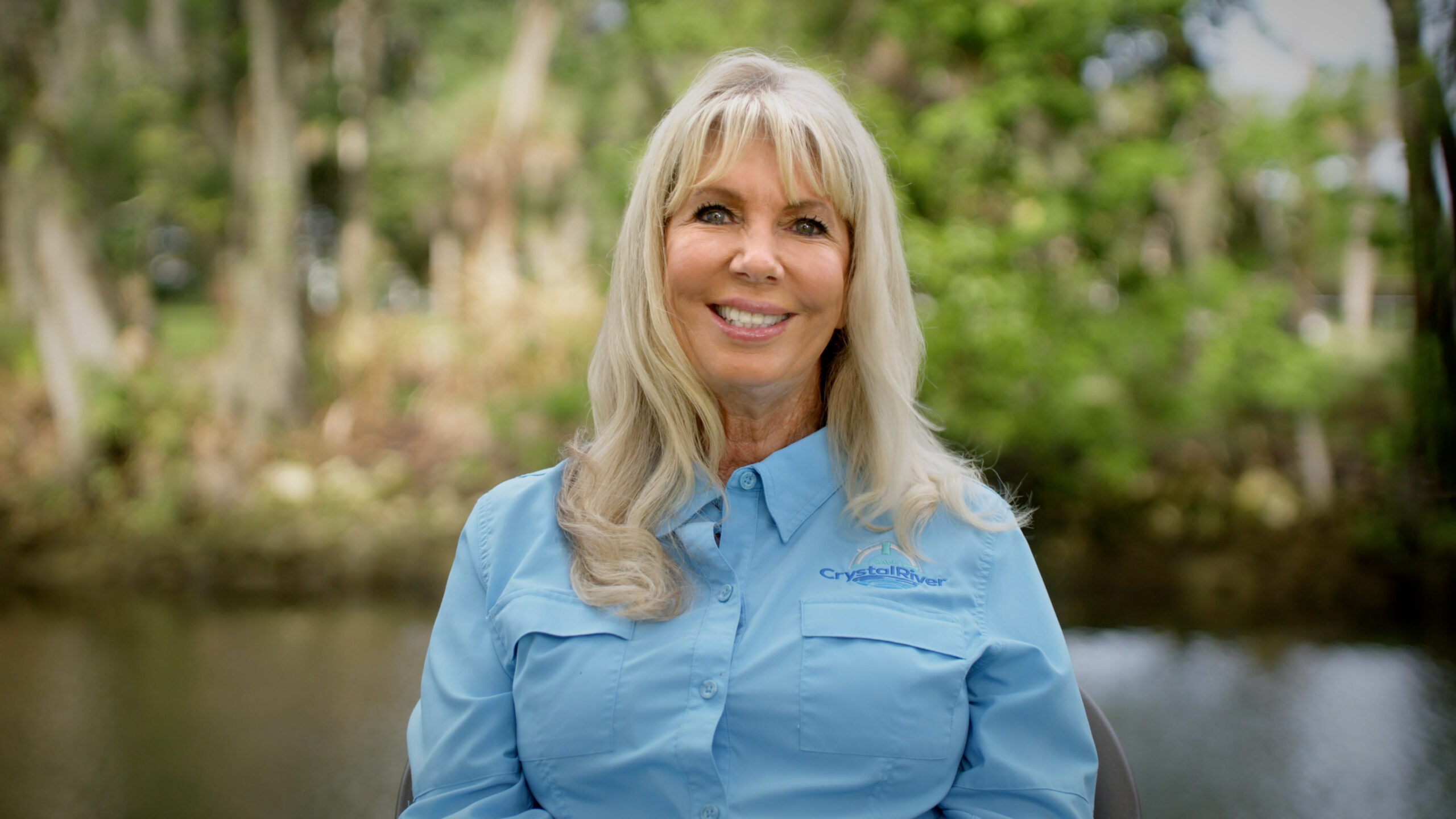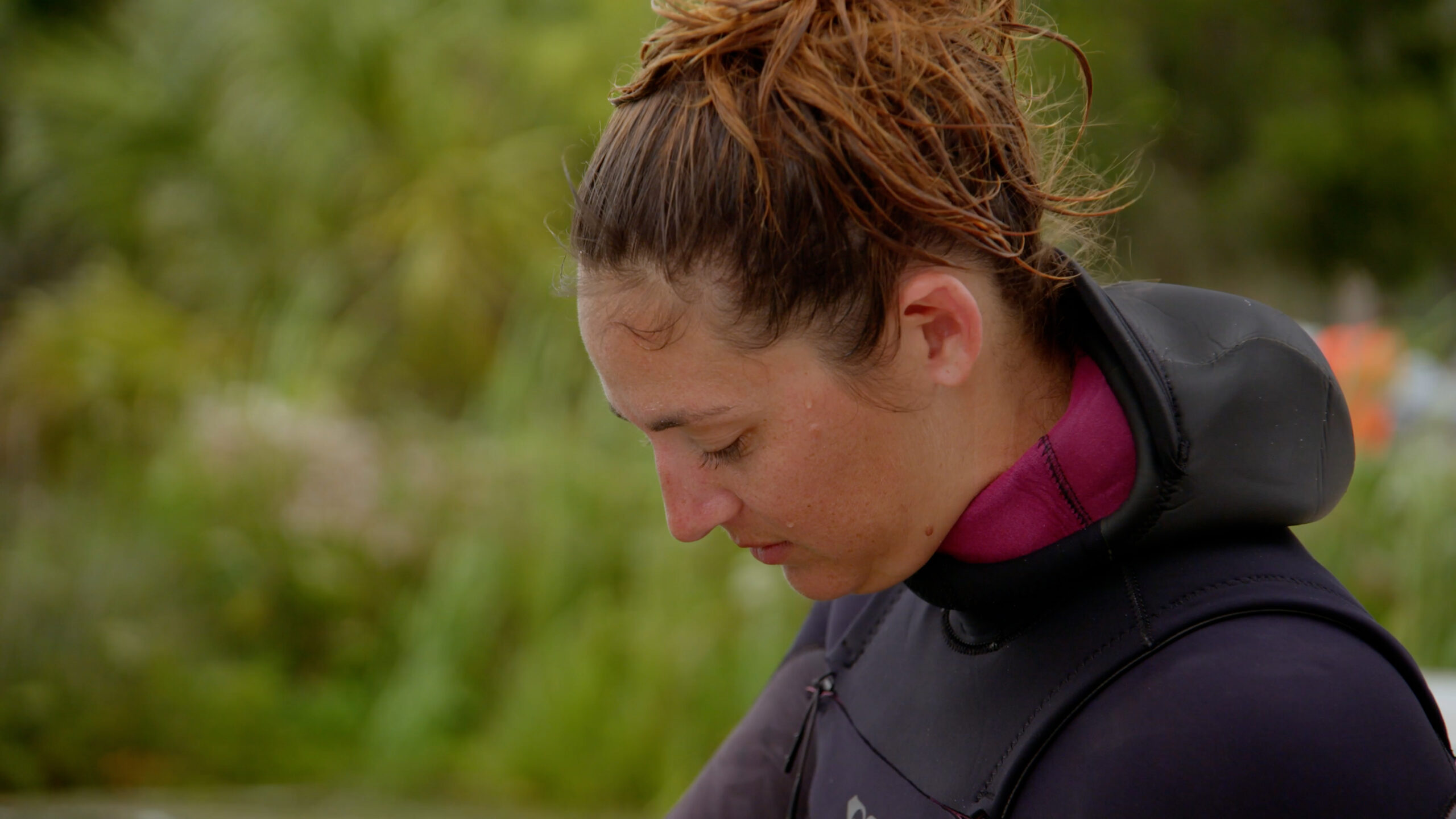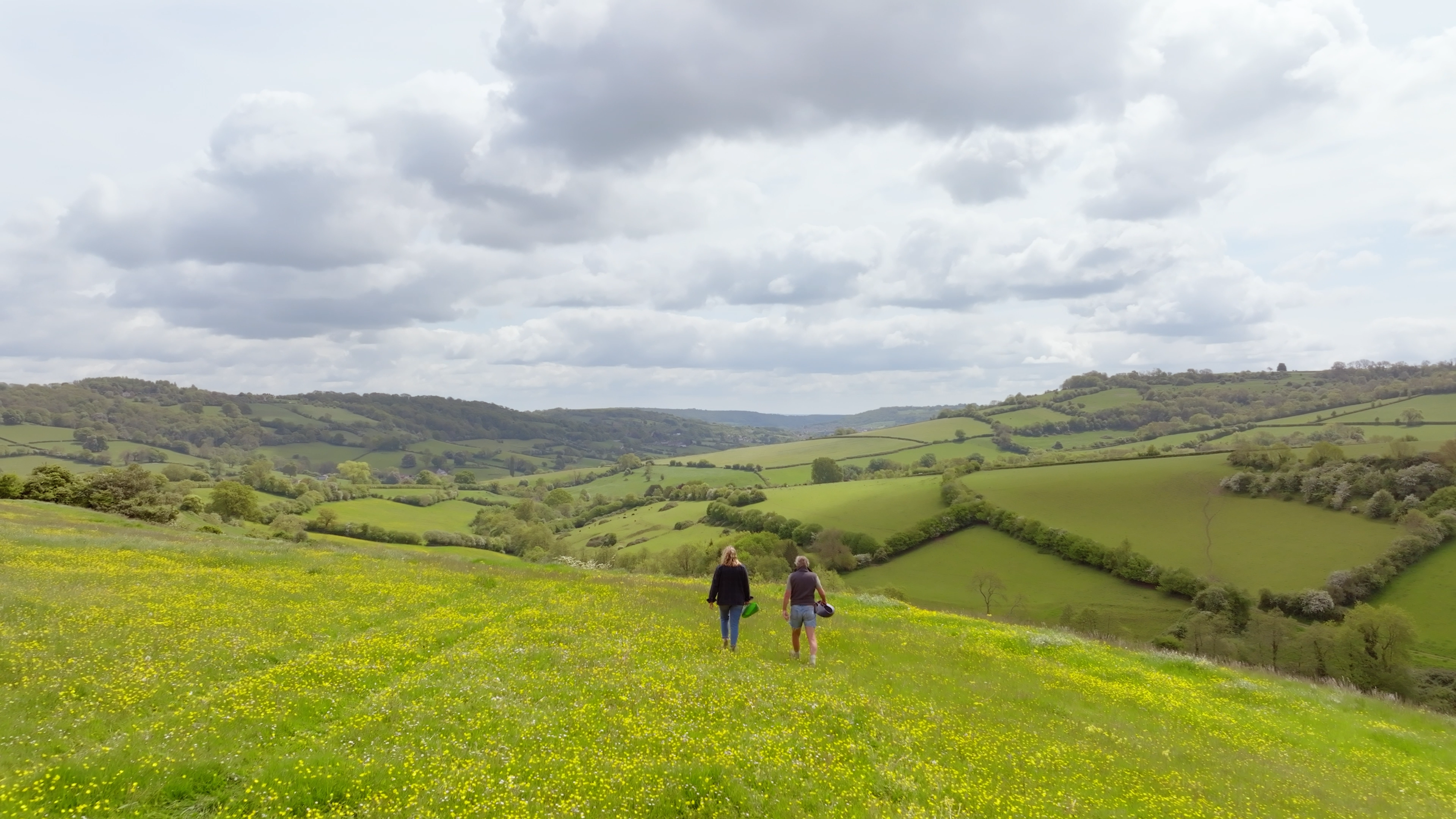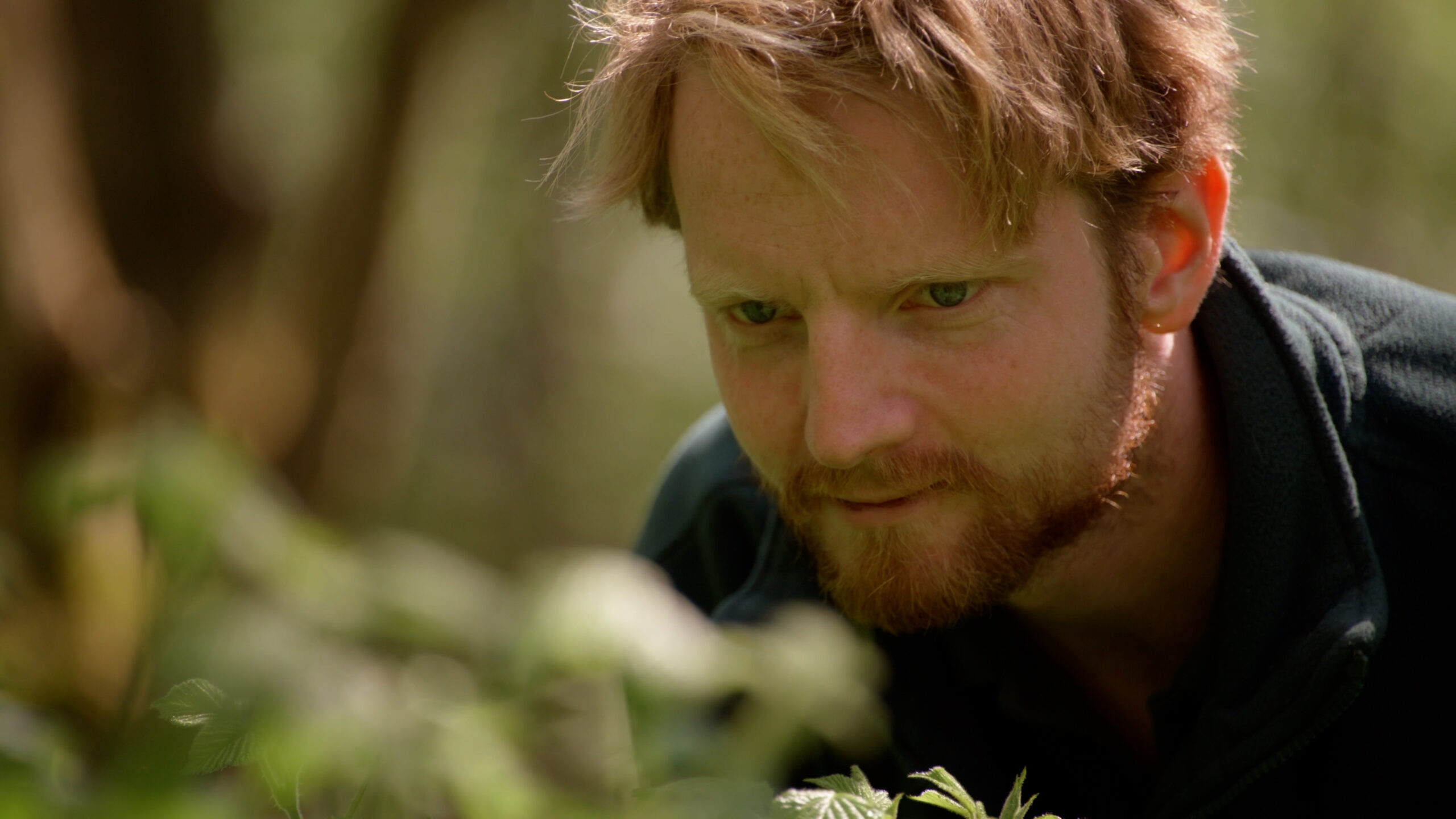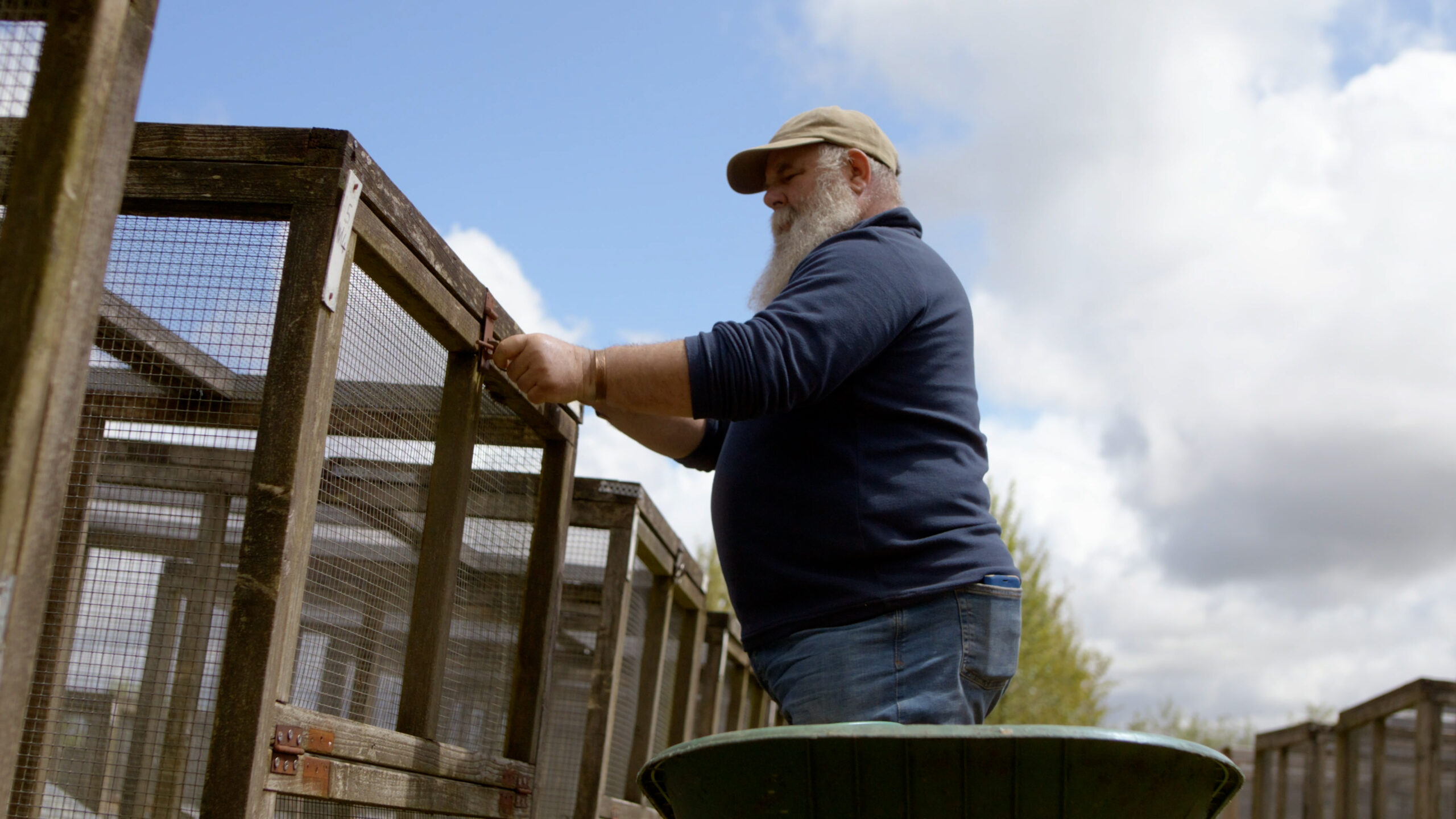Archives: Profiles
-
Social Attraction
Some species at the center of conservation efforts — like seabirds — are inherently social animals. Scientists can take advantage of this affinity to woo them back to their old haunts — or to newer, safer nesting sites.
-
Kira Hughes
Kira Hughes is the Managing Director of the Coral Resilience Lab at the Hawaiʻi Institute of Marine Biology. This includes conducting research, grant writing and administration, engaging stakeholders, establishing and maintaining partnerships, and communicating science.
-
Madeleine Sherman
Madeleine Sherman is the Project Manager for the Coral Resilience Lab at the Hawai‘i Institute of Marine Biology, and manager of the Lab's outreach and education programs.
-
Coral Bleaching
Corals are known for their vibrant hues, but when they get stressed, they turn a ghostly white in a process known as coral bleaching. To appreciate why this happens, you need to understand the unique relationship that forms the basis of coral reefs.
-
Lisa Moore
Lisa Moore, a fourth-generation Floridian, is an entrepreneur and philanthropist dedicated to the efforts to preserve, protect, and restore environmental resources.
-
Jessica Maillez
Jessica Maillez is the Senior Environmental Manager at Sea and Shoreline. She has designed, permitted, and managed multiple large scale restoration projects along Florida’s coastline.
-
Conservation in the United Kingdom and Ireland
The United Kingdom and Ireland might not seem like the wildest places on Earth, but a growing popular movement here, known as rewilding, seeks to reverse millennia of environmental degradation.
-
Pete Cooper
Pete Cooper is a wilding ecologist at the Derek Gow Consultancy, where he works on a variety of species reintroduction and rewilding projects. He leads a project trialing the captive breeding and reintroduction of glowworms, as well as working closely on reintroduction projects for other species including the harvest mouse, wildcat and turtle dove.
-
Derek Gow
Derek Gow is a farmer, nature conservationist, and the author of Bringing Back the Beaver. He lives on a 300-acre farm on the Devon/Cornwall border, which he is in the process of rewilding. Derek has played a significant role in the reintroduction of the Eurasian beaver, the water vole and the white stork in England.
-
Biologging
Biologging is the practice of attaching a device to an animal, typically to track and record the animal’s movements to better understand its conservation needs.
